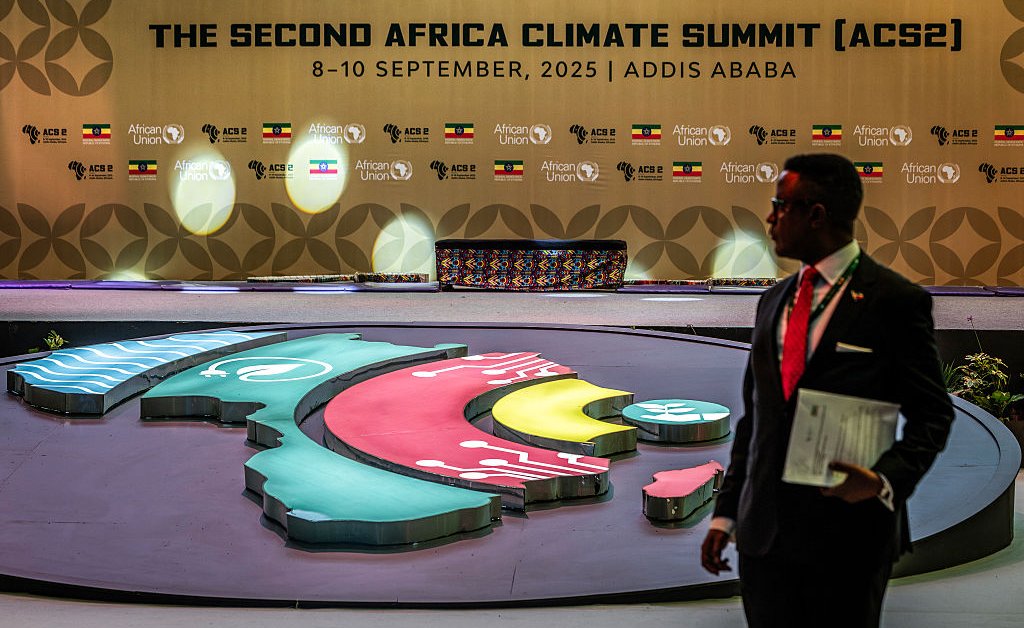Roselyn Fosuah Adjei, director of the Forestry Commission Training Centre in Ghana, shared some of the country’s experiences implementing REDD+. As of 2024, the country has received and dispersed over $20 million in funds from the World Bank for combatting deforestation. Adjei stressed the importance of involving stakeholders like local leaders, private sector, and various government branches.
“Implementing REDD+ on the ground needs governance arrangements where you know who does what,” she said. “Local communities have their own farms. What must they do on their farms? What must the private sector do to support local communities? What must civil society do to support that process as well?”
A number of countries, including Ghana, Mozambique, and the Democratic Republic of Congo have begun to receive payments for REDD+ progress, highlighting the program’s efficacy and momentum, said Ellen Bruzelius Backer, deputy director of the Norwegian International Climate and Forestry Initiative. Norway is one of the donors behind the LEAF-Coalition, which seeks to purchase verified emission reduction and removal credits and has agreed to purchase future credits from Ethiopia. “Traction comes after a lot of hard work in a lot of countries,” she said.
But there is still more work to be done. Africa has the highest rate of deforestation in the world. About 3.9 million hectares (9.6 million acres) of African forest—roughly the size of about 381 million soccer fields—was destroyed every year between 2010 and 2020. “We believe [nature-based solutions] offer a sustainable way forward for Africa,” said Sune Krogstrup, Denmark’s ambassador to Ethiopia, one of the investors in Ethiopia’s Green Legacy Initiative. “But it’s also clear that more investments and political commitments are needed from all stakeholders to advance this agenda.”
Coverage of the Second Africa Climate Summit is presented by the Pan Africa Climate Justice Alliance.

